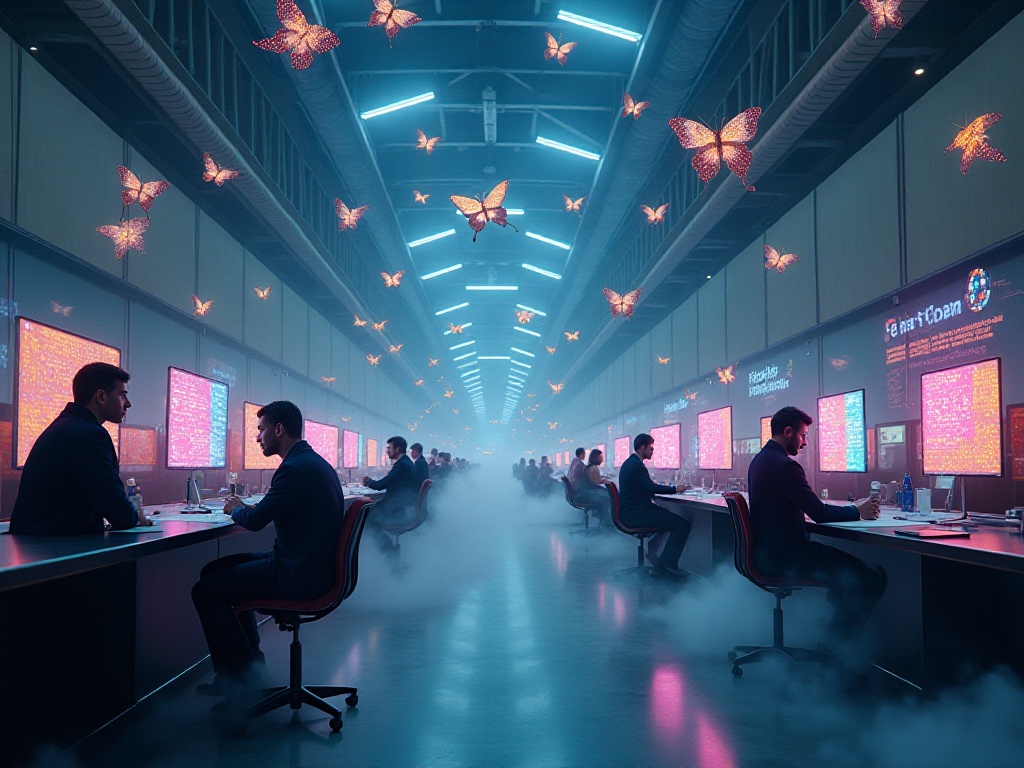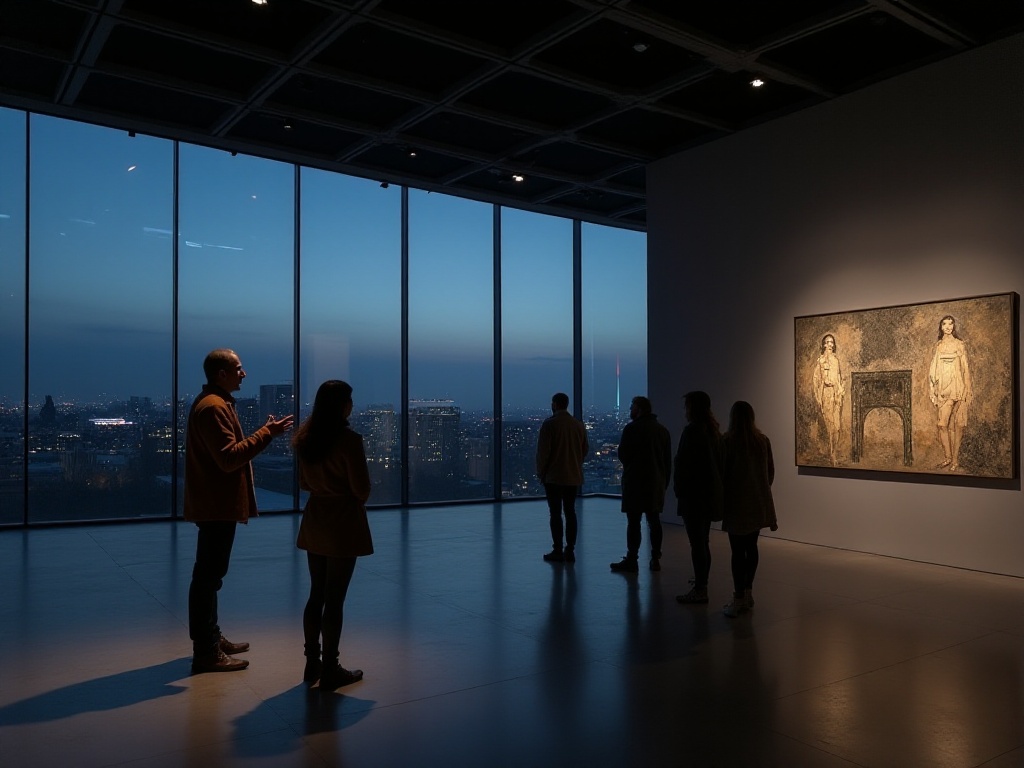
First Encounter
Did you know? While over 10 million visitors flood into the Louvre each year, very few truly understand this palace of art. As an art history blogger who has lived in Paris for many years, I deeply realize that without professional guidance, even spending an entire day at the Louvre makes it difficult to truly comprehend the stories behind these exquisite artworks.
Today, let me take you into the Louvre and explore the world's most renowned museum from a fresh perspective.
Tracing Steps
I remember my first solo visit to the Louvre - like most tourists, I rushed straight to the Mona Lisa. But standing in front of the glass case, looking at the mysterious smile of Da Vinci's subject, I felt inexplicably disappointed. Yes, I saw this world-famous masterpiece, but beyond taking photos, I seemed to gain nothing.
Later, I had the fortune to take an in-depth tour with an art history expert, which gave me a completely new understanding of the Louvre. It turns out that truly understanding a museum requires not just time, but professional guidance.
Decoding
Let's start with the Louvre's three greatest treasures.
The Mona Lisa is actually quite small, only 77×53 centimeters. But did you know? Da Vinci spent 16 years completing this work. Through X-ray scanning, researchers discovered up to 30 layers of paint underneath, indicating Da Vinci's continuous modifications and refinements. The captivating smile was achieved through a special painting technique called sfumato (smoke effect).
Though incomplete, the Venus de Milo still amazes with her elegant pose. This statue was discovered by a farmer on Milos island in 1820, standing 2.02 meters tall and weighing 900 kilograms. Archaeologists believe the statue's original arms may have held an apple in one hand and draped clothing in the other. This pose suggests Venus was participating in the Judgment of Paris, a famous story from Greek mythology.
The Winged Victory of Samothrace was created between 200-190 BCE, standing 3.28 meters tall. This statue was originally created to commemorate Rhodes' naval victory. Though the statue's head and arms are lost, her stance on the ship's bow, facing the wind, allows one to almost feel the ocean's breath and the joy of victory.
Experience
During professional tours, I learned how to "read" an artwork. This includes observing the use of light, composition layout, brush stroke details, and more. These details often reveal the artist's creative intentions and historical context.
Have you noticed that the Louvre's gallery layout is carefully designed? From ancient Egyptian civilization to Renaissance masterpieces, the arrangement of exhibits tells a story of human civilization spanning thousands of years.
Suggestions
If you plan to visit the Louvre, I recommend:
Book professional guide services in advance. Statistics show that visitors with guides spend an average of 4 hours in the museum, while regular tourists only spend 2 hours. This shows how professional interpretation makes visits more fulfilling.
Choose appropriate visiting times. Statistics show that Wednesday and Friday afternoons have relatively lower visitor numbers. The first Sunday of each month is free but extremely crowded.
Focus on themed routes. The Louvre has 8 themed touring routes. Choosing 1-2 to explore in depth is better than aimlessly wandering around.
Reflection
In the digital age, virtual museum tours are rising. Through Google Arts & Culture platform, you can view the Louvre's collections in 360-degree panorama. However, I believe while this method is convenient, it cannot replace the experience of visiting in person.
Standing before real artworks, feeling their scale, texture, and light changes - this immersive experience cannot be matched virtually. As one art critic said: "Art is not just visual pleasure, but a spiritual dialogue."
Looking Forward
As museum experience methods innovate, more personalized visiting modes may emerge. For example, using AR technology to recreate artwork creation scenes, or AI technology to provide real-time professional commentary.
But regardless of technological advancement, I always believe that a good museum tour should bridge art and viewers, allowing each visitor to find their own way of interpreting art.
Have you had similar museum experiences? Feel free to share your stories in the comments. Let's discuss how to make museum visits more meaningful.
Next
Virtual Reality Tour of the Louvre Museum in Paris
In the heart of Paris, where the Seine gently flows and history whispers from every corner, stands the majestic Louvre Museum. For centuries, this architectural marvel has been a beacon of art and culture, drawing millions of visitors each year to marvel at its unparalleled collection. But what if you could step inside this treasure trove of human creativity without leaving your home? Welcome to the future of art appreciation: the virtual reality tour of the Louvre.
Encountering Art at the Louvre: An Art History Expert's Guide to the Museum's Top Three Treasures
Explores diverse museum tour experiences including professional guided visits, private group tours, virtual museum exploration, and customized itineraries, featuring art historian interpretations and curator-led tours for unique museum visiting experiences
Customized Museum Tours: In-depth Sharing and Practical Insights from a Professional Guide
A comprehensive guide to various museum tour experiences, including professional guided visits, customized museum journeys, curator-led themed tours, and virtual museum exhibitions, offering art and culture enthusiasts diverse ways to explore world-renowned museums
Next
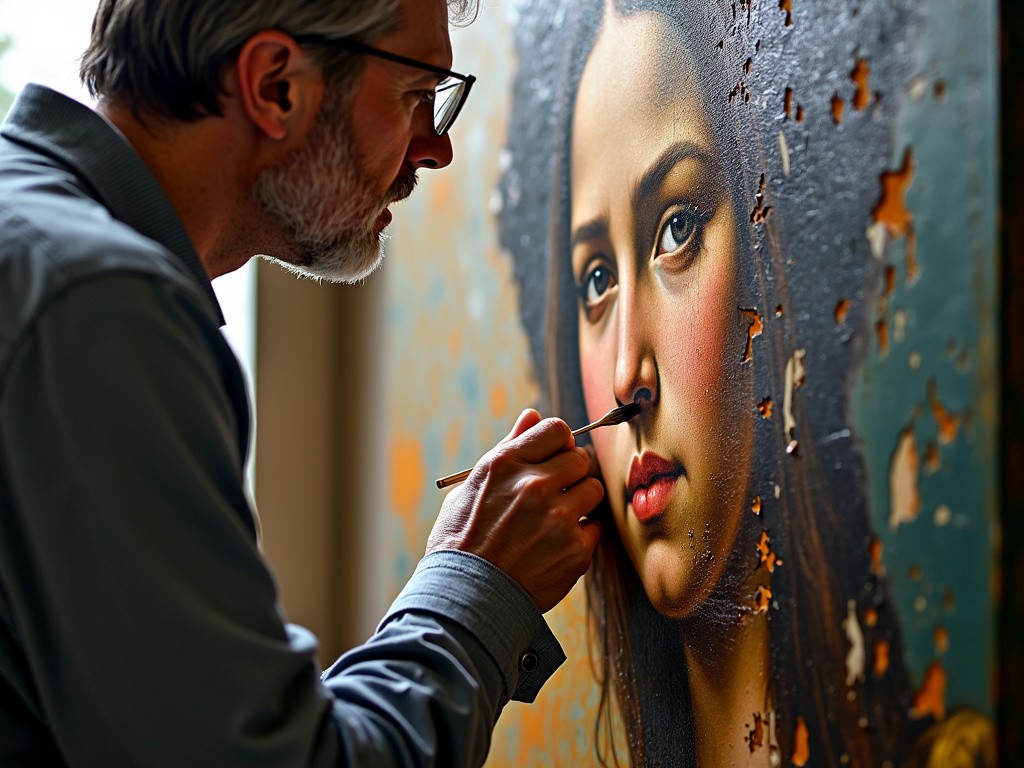
Virtual Reality Tour of the Louvre Museum in Paris
In the heart of Paris, where the Seine gently flows and history whispers from every corner, stands the majestic Louvre Museum. For centuries, this architectural marvel has been a beacon of art and culture, drawing millions of visitors each year to marvel at its unparalleled collection. But what if you could step inside this treasure trove of human creativity without leaving your home? Welcome to the future of art appreciation: the virtual reality tour of the Louvre.
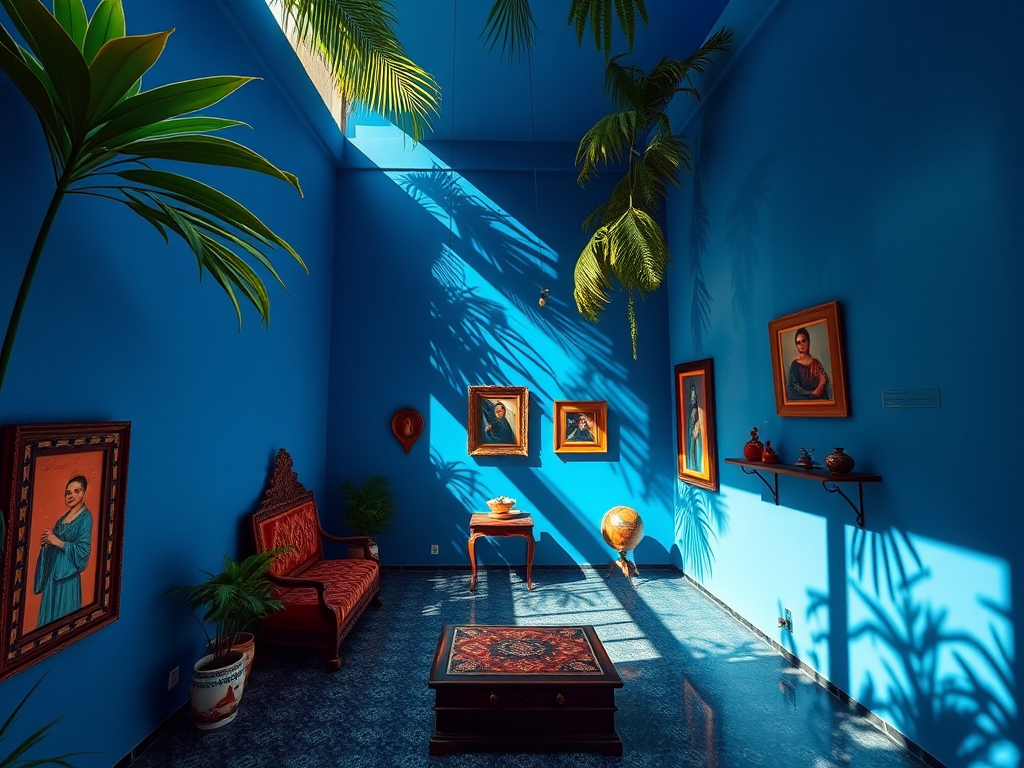
Encountering Art at the Louvre: An Art History Expert's Guide to the Museum's Top Three Treasures
Explores diverse museum tour experiences including professional guided visits, private group tours, virtual museum exploration, and customized itineraries, featuring art historian interpretations and curator-led tours for unique museum visiting experiences
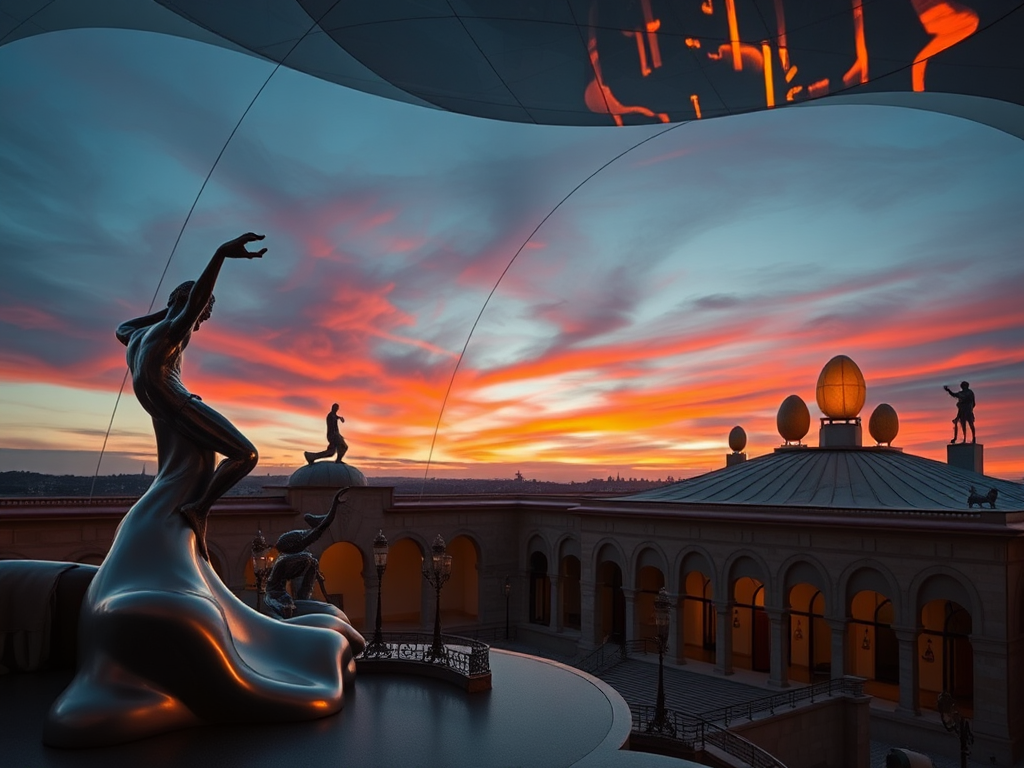
Customized Museum Tours: In-depth Sharing and Practical Insights from a Professional Guide
A comprehensive guide to various museum tour experiences, including professional guided visits, customized museum journeys, curator-led themed tours, and virtual museum exhibitions, offering art and culture enthusiasts diverse ways to explore world-renowned museums

